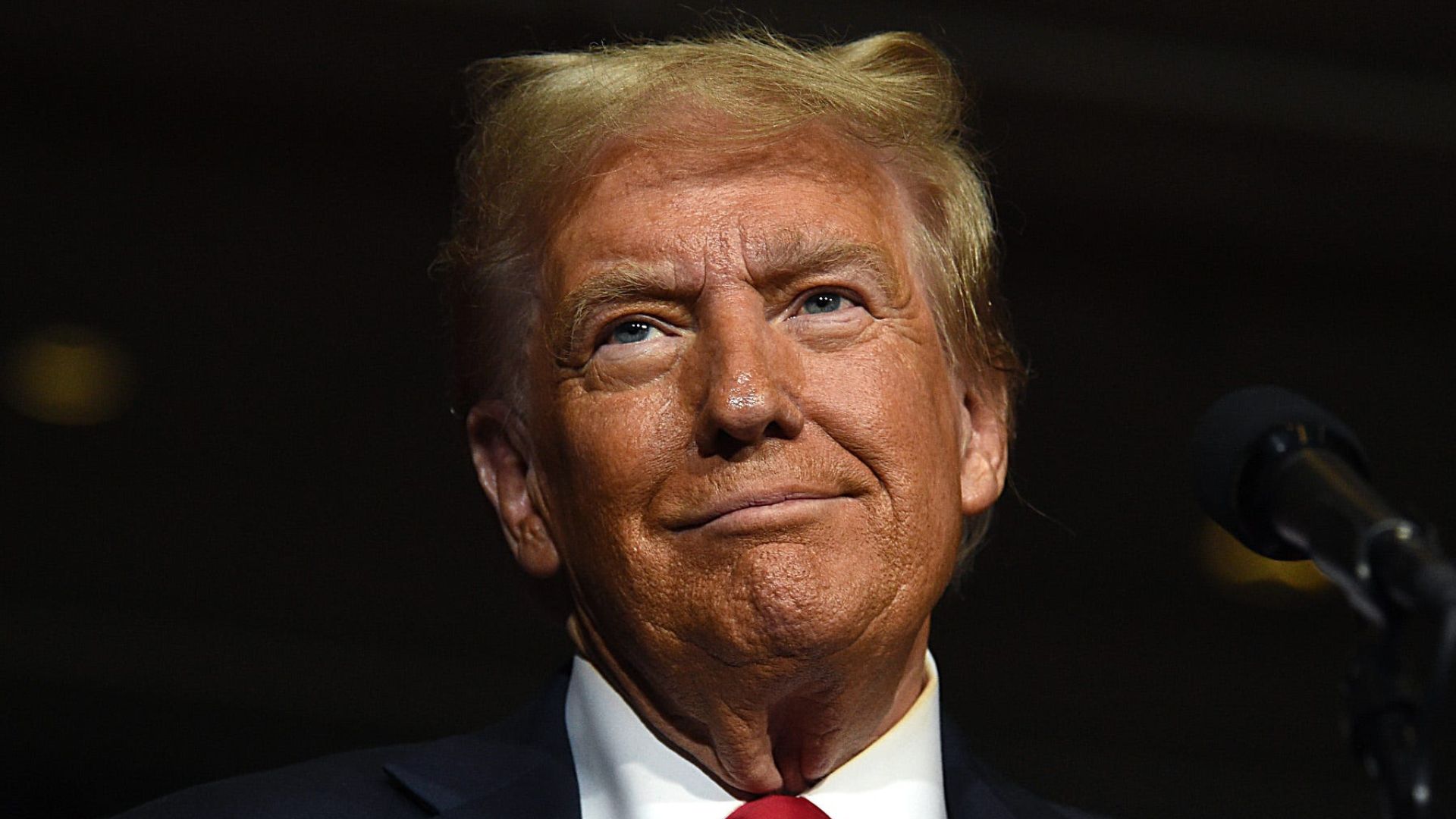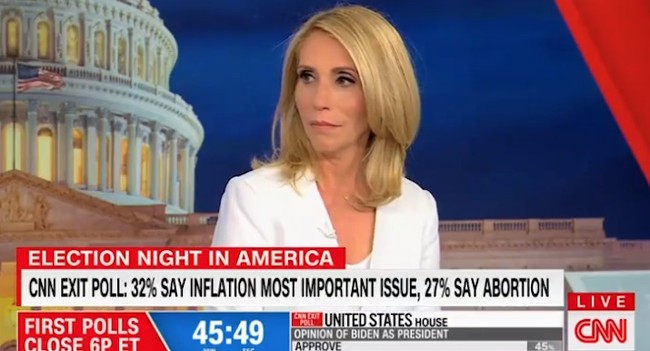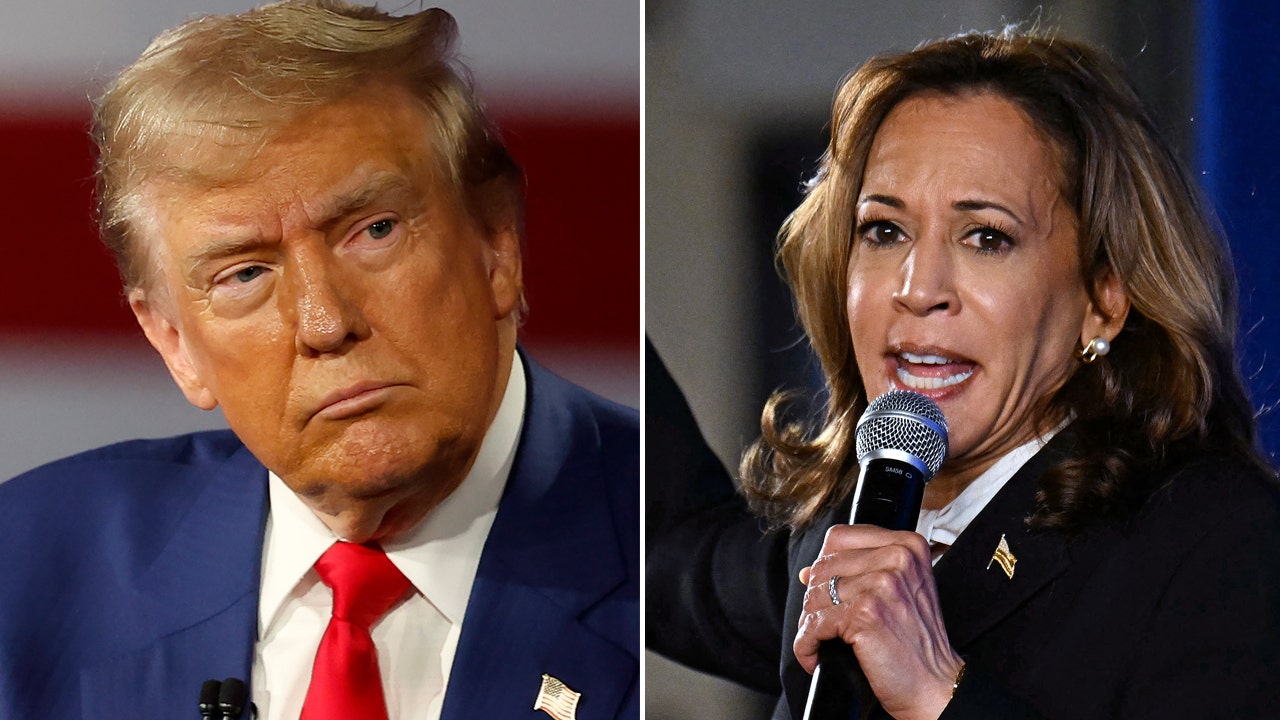Donald Trump’s comeback to the White House this week put him in an exclusive club, joining only one other U.S. president, Grover Cleveland, who managed to reclaim the Oval Office after being voted out. But experts are quick to note that, aside from this unique achievement, Cleveland and Trump have few similarities, despite both managing a historic return to power.
As reported by The Hill, Grover Cleveland first took office in 1885 but lost his re-election bid four years later. Remarkably, he won again in 1892, becoming the nation’s 22nd and 24th president.
Now, more than 125 years later, Cleveland’s long-ignored legacy might be getting a second look as political analysts and historians consider how rare it is for a former president to make a nonconsecutive comeback.
Trump Surges To Victory – Get the Ultimate Trumpinator Bobblehead To Celebrate 2024!
“Unfortunately, Grover doesn’t get a whole lot of love in the curriculum. Now, will that change? I think so,” remarked Anton Schulzki, the interim executive director of the National Council for Social Studies and a former teacher with over 40 years in education.
Despite their shared achievement, Cleveland and Trump differ sharply in both character and policy. “I don’t see any useful or significant parallels between Cleveland and Trump, actually. They were completely different men, in personality and policy,” explained David Greenberg, a history professor at Rutgers University.
“The parallels lie, rather, in the two eras. In both the late 19th century and the early 21st century, politics became intensely partisan.”
Cleveland, a post-Civil War Democrat, won the popular vote in all three of his presidential races but lost the Electoral College in 1888.
Trump, on the other hand, lost the popular vote in 2016 but secured the presidency through the Electoral College. After losing both the popular and electoral votes in 2020, Trump came back and claimed victory this week.

Greenberg noted that both Cleveland’s and Trump’s eras were marked by intense political division.
“Both parties commanded very strong, visceral loyalties. In addition, then, as now, the electorate was very closely split. So you had a whole series of elections that were extremely competitive, in both senses of the word. They were competitive in that they were close. Margins of victory were narrow, and elections in both of these eras were competitive in that they were passionately fought, with intense emotion and rhetoric on both sides,” Greenburg stated.
Cleveland’s background differs significantly from Trump’s as well. Born in New Jersey, Cleveland had a long political career before becoming president, serving as sheriff, mayor of Buffalo, and governor of New York.
He was known for his attempts to reduce government spending and lower protective tariffs. Cleveland’s tariff policies were partly blamed for his loss, as many workers worried about job threats from lower tariffs.
The presidents who served between Cleveland’s terms and Trump’s – Benjamin Harrison and Joe Biden – have also drawn some interesting comparisons.

Michigan State’s Jordan Cash noted that, similar to Biden, Harrison expanded government spending during his term. “So, I think you could compare, not necessarily the policies of Biden and Harrison, but certainly the way that the policies impacted the economy in a way that people found to be negative,” Cash said, adding, “The reaction to it is, well, let’s go back to the guy who things seem to be going pretty well under.”
As for the future, Cash suggests Cleveland and Trump may set a trend. “I suppose it’s possible that in the future, a president who’s defeated may also seek a comeback,” he mused. “We may see more attempts at nonconsecutive terms in the future.”
Read the full article here





![HOFer Shannon Sharpe Exposes Rape Accuser’s Raunchy X-Rated Text Messages [WATCH] HOFer Shannon Sharpe Exposes Rape Accuser’s Raunchy X-Rated Text Messages [WATCH]](https://www.drewberquist.com/wp-content/uploads/2025/04/2025.04.22-09.23-drewberquist-6807600895560.jpg)




